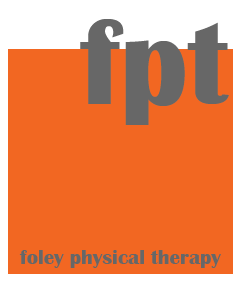|
Hopefully this will be part of an ongoing series focusing on home exercises often done incorrectly. I've solicited help from my EngineHouse16 partner, Beth Fedorowich, the owner of Fitness Essentials personal training. In this video we are going to focus on alternating arm and leg raises and the plank and common plank progressions. The alternating arm and leg exercise if done as a strength exercise is really designed to promote strength and proprioception (a fancy word for stability) in the spinal extensors muscle groups.
The targeted muscles are deep and have important functions in the health of your spine. Often the exercise is done too briskly, haphazardly with minimal attention on control and endurance. Finally height is often favored over "length" and an overarching of the back, especially the lumbar spine, places joint loads in an already over taxed area. Focus more on lengthening your entire spine, holding the pose for 10-45 seconds and feeling the strength of the shoulder blade, hip and abdominal muscles. The plank is often a culprit exercise for my shoulder pain patients because it is hard to self critique when done at home and it relies on your absolute understanding of how the shoulder blade and arm are suppose to work properly. Again consider the core muscles are NOT just the abdominals and include scapular muscles as well. I often say to think of the plank as mimicking your usual "best erect posture" but in a prone on elbows position. The biggest error with the plank is rounded shoulders and too much pectoral muscle firing. If you can stand with erect posture and bring your elbows to 90 degrees without rounding your upper back, you can do the plank properly, if your shoulder blades just moved when you did that or you rounded your upper back you will have a hard time doing a proper plank, no matter what your yoga teacher is telling you. The second difficulty is maintaining the natural lumbar curve without sagging or making a tepee at your hips. As always your feedback is very welcome. We are still working out the kinks with this so you may need to boost your volume, and also consider our exercise videos are not RBG quality videos just yet ; -) Comments are closed.
|
Author:
|
Proudly powered by Weebly

 RSS Feed
RSS Feed